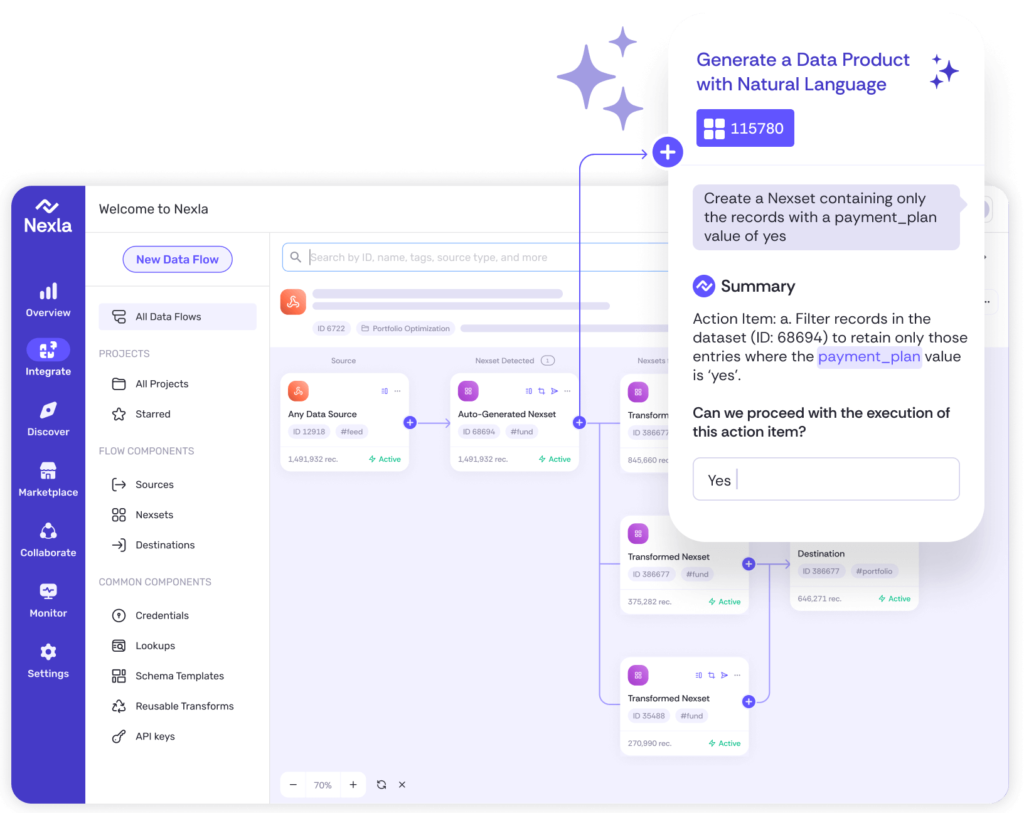
Success now hinges on how well businesses share data beyond their walls. Seamless intercompany data flow fuels smarter decisions, faster collaboration, and real growth. In this new era, connection is the key to competitiveness.

Get your complimentary copy of the Gartner 2022 Hype Cycle for Data Management here.
With the data game shifting constantly, maintaining the current load while looking ahead has become both more difficult and more necessary. The amount of resources required simply to keep up is consistently increasing with significant margins, causing rising data costs and larger workloads for data engineering teams.
Augmentation and automation are addressing this new gap in the data landscape. By removing the piecemeal work, integrating data sources, reducing disparate tool and resource usage and automating the most common tasks, automation, in particular, is increasing data processing speeds and team collaboration while decreasing resource and time requirements.
Gartner Hype Cycle for Data Management, 2022

Gartner’s Hype Cycles are graphics charting the maturity and growth of technology and tools in certain fields, as well as predicting the evolution of trends to provide context and guidance for addressing current and future issues.
This kind of graphical representation is especially useful in fields that change quickly, such as data management. From the advent of Data and Analytics platforms to the rise of DataOps, Gartner has tracked the progress of data management over the past decade. While the relentless pace of innovation is driving increased complexity and requirements without allowing for constant refining of data solutions, the next few years will yield solutions that will determine the best practices for data management going forward. Some core competencies will remain a priority, like seamless data integration, realtime data analytics, and augmented data usage.
Current data usage trends have created a need for unified, streamlined data management that minimizes oversight time while increasing collaboration and integration. Data mesh has been the go-to architecture, but it is simply a framework upon which to create a custom data solution that addresses both current and future needs. The primary driver in building a future-proof solution is automating data engineering. For more on the specific definition, drivers, obstacles and business impacts, read the full Hype Cycle for Data Management for free here, courtesy of Nexla.
Automating data engineering creates several benefits, such as cutting data costs, building pipelines faster, and reducing the data engineering workload while increasing time-to-market. Data products are at the core of automating data engineering, as automating the creation and use of them speeds up processing while minimizing time and resource usage by standardizing data through data products and data-as-a-product. It also encourages collaboration across teams, business units, and technical skill levels, as data products are easily accessible to even non-technical team members.

According to Gartner’s Hype Cycle for Data Management, 2022, Data Engineering yields high benefits to companies; however, it is not yet well implemented across markets. In the next 2-5 years, as its value becomes more commonly known, data engineering—especially automating data engineering—is going to be on the forefront of effective unified data solutions. Is your data solution versatile enough to support your future growth?
Read the full Gartner 2022 Hype Cycle for Data Management here.
Nexla is a unified modern data solution that automates data engineering through data products. Get a demo or book your free unified data solution strategy session today to learn how you can build a resilient, effective, and future-proof data solution for your business. For more on data and data solutions, check out the other articles on Nexla’s blog.

Instantly turn any data into ready-to-use products, integrate for AI and analytics, and do it all 10x faster—no coding needed.